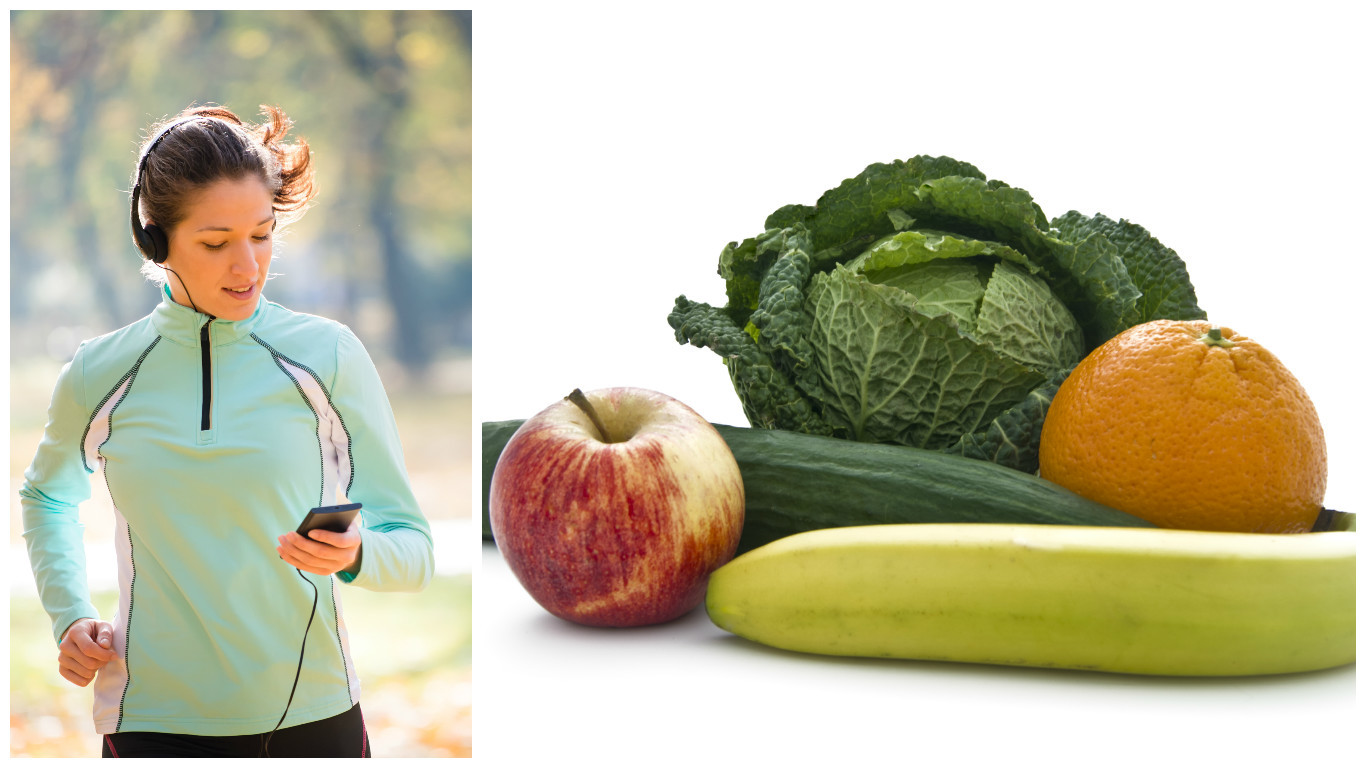
DRINKING alcohol can leave you in a confused state – but boozers are also being left with sore heads trying to work out just how much is too much.
The guidelines for safe alcohol consumption varies greatly depending on which country you’re taking a tipple in.
For instance, people in the UK are urged to drink no more than 14 units of alcohol – the equivalent of six pints of beer or six 175ml glasses of wine – per week.
But a man in Chile can drink seven pints on any one day and still be considered a low-risk drinker.
That’s because some countries differ in giving guidelines per week or per day.
The UK simply multiplies its recommended daily limit by seven to come up with a weekly guideline.
However, some countries only set a weekly limit and leave it to the consumer to decide how much of it they want to consume in one go.
Equally, the different guidelines for men and women take some explaining.
In America, a man can drink 3.75 units a day, whereas for a woman it’s half of that.
In China, where women drinking alcohol can be frowned upon, it’s a lowly 1.25 units a day – less than half a glass of wine.
But it’s not just government guidelines on alcohol that lead to befuddlement.
Boasting that you’ve had your five-a-day of fruit and vegetables would just lead to laughter in Japan if they weren’t so polite – the daily recommendation there is 17!
This can partly be explained by the Japanese traditionally eating smaller portions and six meals a day.
However, you only have to hop on the EuroTunnel to find a country with double the recommended daily intake of fruit and vegetables as the UK as in France it’s 10 portions.
Stuffed full of fruit and veg, it’s little wonder the Japanese like to retire early – the retirement age for men and women in the Asian country is 60.
But they’re hard taskmasters compared to China, where women are encouraged to put their feet up at 50 and live a long and tee-total retirement.
The lowest retirement age for men anywhere in the world is Indonesia at 58 but the government there would do well to beware the lesson of the Greeks.
At 67, Greece now has the highest retirement age for both sexes.
It used to have one of the lowest at 57 until the money to pay its social security bill ran out a few years ago.
In next door Turkey you could retire with full state benefits at 45 for men and 41 for women until 2014, when common sense and a desire to become part of the EU intervened.
But if you want a long and happy retirement, you should move to Luxembourg.
The average age men take retirement there is 57.6 (unusually it’s higher, 59.6, for women).
This compares to 64.7 for men and 63.1 for women in the UK.
Life expectancy in the central European country is 80.4 (81.5 in UK), meaning people on average enjoy a longer retirement there than anywhere else in the world.
READ MORE
Radioactive health products were all the rage once
Workplace ‘cake culture’ fuelling obesity and poor dental health, experts warn

Enjoy the convenience of having The Sunday Post delivered as a digital ePaper straight to your smartphone, tablet or computer.
Subscribe for only £5.49 a month and enjoy all the benefits of the printed paper as a digital replica.
Subscribe